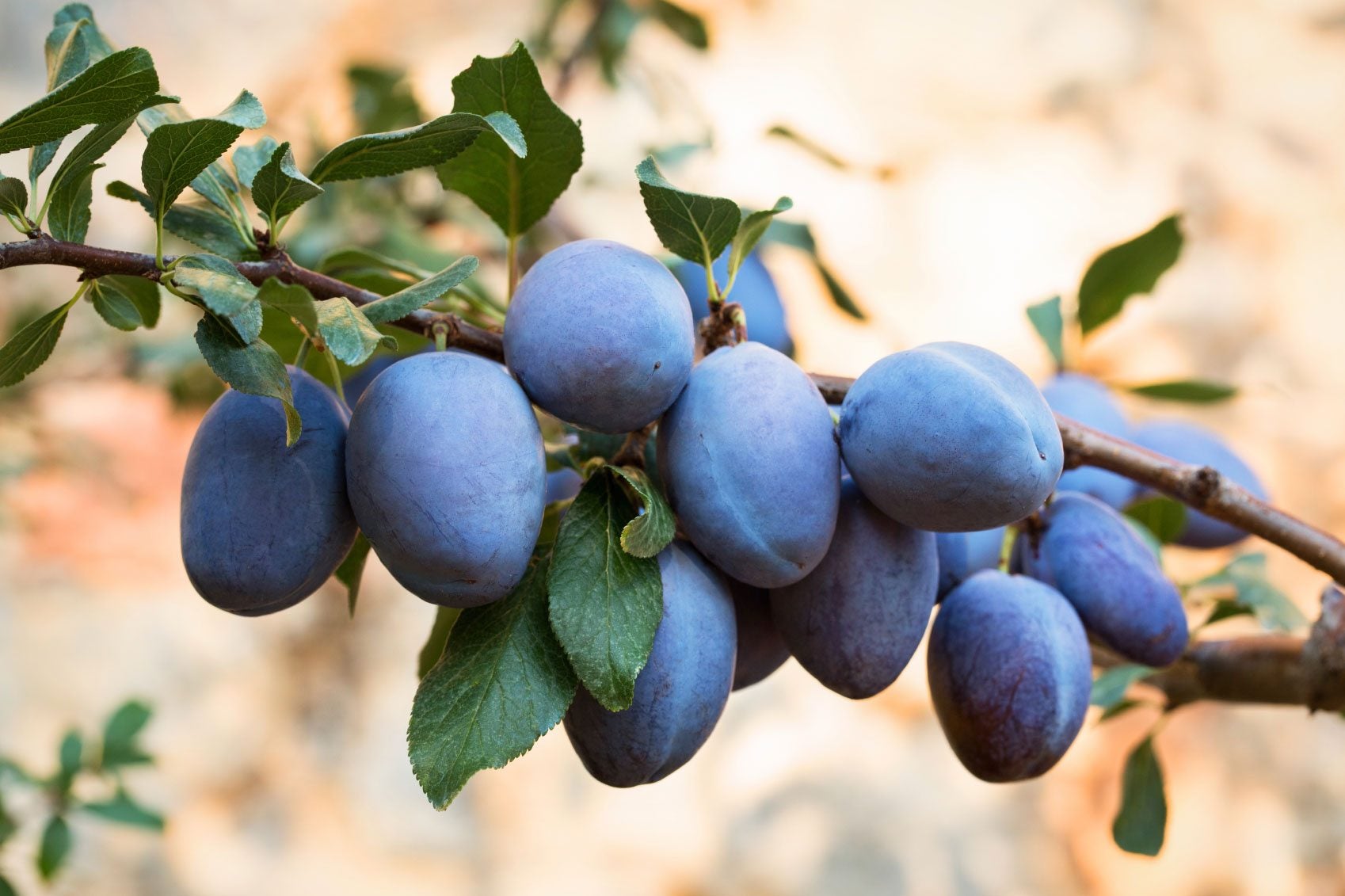Growing Conditions For Plums: How To Take Care Of Plum Trees

Plums are a delectable addition to any home garden. Growing plum trees is not only rewarding but also extremely tasty. Plums are excellent fresh but also make a wonderful jam or jelly. Keep reading for more information on how to grow a plum tree in your garden.
Growing Conditions for Plums
Growing plum trees is not too difficult as long as you give them what they need. Plums require full sun and well-drained, sandy soil in order to thrive. They prefer a soil with a pH that ranges from 5.5 to 6.5.
It is always a good idea to have your soil tested before planting any fruit tree to be sure that they pH is appropriate. You should also work the appropriate amendments into your soil before planting.
When learning how to grow a plum tree, you should know that plums can belong to one of three groups: European, Japanese, or Damson.
Which group is best for you depends on your growing region and personal preference. Many of the European varieties are self-fruiting, which means that you only need to plant one tree in order to get fruit. Their overall size may also need to be considered.
Most plum trees will reach 16 feet (5 m.) at maturity or 14 feet (4 m.) if they are a dwarf variety. If you live in a more northerly climate, you may consider planting your plum tree in a location where it will have protection from cold winds, as they are prone to late frost damage.
Some homeowners even put little Christmas lights on their plum trees to keep them warm in early spring.
Sign up for the Gardening Know How newsletter today and receive a free copy of our e-book "How to Grow Delicious Tomatoes".
How to Take Care of Plum Trees
Care of plum trees is not difficult as long as you are consistent. Apply 1 pound (0.5 kg.) of organic fertilizer or well-aged manure in March of the first and second year, in addition to one cup (240 ml.) of calcium nitrate in May of the first and second year.
After this time, you can add 2/3 cup (160 ml.) of calcium nitrate in March and August. Provide plenty of water for new trees and during times of dry weather. Place shredded bark or other mulch around the tree to help with water retention, however, be careful not to let it touch the trunk.
Regular pruning just above healthy buds, as well as the removal of dead wood, will encourage a bowl shape which will make fruit retrieval easy. For complete instructions on pruning a plum tree, you can also visit your local Cooperative Extension Office.